Sikdang Jin (식당진)
3.4Km 2021-03-29
5, Toegye-ro 22-gil, Jung-gu, Seoul
+82-2-755-7558
This is a Japanese home-style cuisine restaurant. The best menu at this restaurant is katsudon. This Japanese (cuisine) restaurant is located in Jung-gu, Seoul.
Sagyejinmi - Myeongdong Branch (사계진미 명동)
3.4Km 2021-09-03
37, Myeongdong8na-gil, Jung-gu, Seoul
+82-2-3789-6939
This is a Korean cuisine located in Myeong-dong, Seoul. A restaurant where you can try Korean BBQ chicken. The representative menu is Spicy Stir-fried Chicken.
57 Myeongdong Hostel [Korea Quality] / 57명동호스텔 [한국관광 품질인증]
3.4Km 2023-04-13
13th floor, 57, Myeongdong 2-gil, Jung-gu, Seoul
+82-10-3262-3503
(Korea Quality Premier Class) The name ‘57 Myeongdong Hostel’ comes from its location ‘13F, Taepyeongyang Building, 57, Myeongdong 2-gil, Jung-gu, Seoul’. The hotel, which is 5 minute-walk from the airport limousine stop, and 3 minute-walk from Myeongdong Station, offers easy access to adjacent tourist destinations including the famous shopping neighborhood of Myeong-dong. The three-story hostel (from 11F to 13F) is composed of 42 guestrooms with 9 types - Single, Twin (Standard, Deluxe, and Economy), Double (Standard, Deluxe, and Economy), Triple, and Family. In particular, Single rooms (equipped with a bathroom) are popular among single travelers and businessmen. It also serves breakfast with diverse types of dishes free of charge, as well as coffee and tea in the communal rest space. Guests can also use the computer and printer in the business center. In addition, a mini washing machine is installed next to the walls, which can be used free of charge. The reception desk provides various information and reservation services for tourist attractions and cultural events. 57 Myeongdong Hostel charms a variety of guests from not only Asian countries but also European countries, the United States, and more.
kr Myeongdong Samgyetang (kr명동삼계탕)
3.4Km 2021-05-12
49, Myeongdong, 8na-gil, Jung-gu, Seoul
+82-2-778-7370
It makes Samgyetang (Korean ginseng chicken soup) using herbal broth as a store with more than 20 years’ experience. This restaurant's signature menu is ginseng chicken soup. This Korean dishes is located in Jung-gu, Seoul.
Mercado Yeongcheon de Dongnimmun (독립문영천시장)
3.4Km 2023-01-17
Tongil-ro 189-1, Seodaemun-gu, Seúl
Ilpum Garden (일품가든)
3.4Km 2021-03-30
109-10, Seosomun-ro, Jung-gu, Seoul
+82-2-3789-7295
This is a restaurant where you can taste both shabu-shabu (sliced meat and vegetables boiled in water) and roasted meat. This Korean dishes restaurant is located in Jung-gu, Seoul. The representative menu is shabu-shabu.
Jeongtong Junghwayori Joaru - Myeong-dong Branch(정통중화요리조아루 명동)
3.4Km 2021-04-16
1-8, Hoehyeon-dong, 3(sam)-ga, Jung-gu, Seoul
+82-2-779-7897
A Chinese restaurant frequented by workers in Myeong-dong. This restaurant's signature menu is noodles in black bean sauce. This Chinese (cuisine) restaurant is located in Jung-gu, Seoul.
Puerta Gwanghuimun (광희문)
3.4Km 2021-02-24
Toegye-ro 344, Jung-gu, Seúl
+82-2-3700-3900
La puerta Gwanghuimun fue construida en el año 1396, durante el 5º año del rey Taejo, en el sureste de la capital (Seúl). Se suele conocer también como puerta Sugumun (puerta del canal de agua) y fue usada como Sigumun, que literalmente significa 'puerta del cadáver', ya que las procesiones funerales pasaban por esta puerta cuando salían por el este.
Durante la Guerra Imjin (invasión japonesa de 1592 a 1598), las puertas de la fortaleza fueron destruidas a tal grado que fue practicamente imposible encontrar el lugar original de su localización. Sin embargo, los esfuerzos de reconstrucción se iniciaron en 1711 (37º año del reinado de Sukjong) y la puerta del canal de agua fue restaurada con forma de torre. Desde ese momento, la puerta quedó intacta, incluso cuando los muros de la fortaleza fueron derrumbados para construir caminos durante la ocupación japonesa, pero la Guerra de Corea la dejó con graves daños y quedó abandonada. En 1975, empezaron los trabajos de reconstrucción para recolocar la puerta Gwanghuimun a 15 metros más al sur de su localización original, que se encontraba en medio de la carretera.
Geumseonggwan Najugomtang (금성관나주곰탕)
3.5Km 2021-03-18
29, Namdaemun-ro, Jung-gu, Seoul
+82-2-753-7898
This is a Korean cuisine located in Myeong-dong, Seoul. The representative menu is Naju beef bone soup. It serves local dishes produced from Naju-si, Jeolla-do.
Museo Conmemorativo Appenzeller Noble (배재학당역사박물관)
3.5Km 2022-09-27
Seosomun-ro 11-gil 19, Jung-gu, Seúl
El Museo Conmemorativo Appenzeller Noble abrió en 2008 en el Instituto Pai Chai, una institución educacional de estilo occidental construida en 1916. El edificio del museo está designado como como Monumento de Seúl. Con exposiciones permanentes dispuestas dinámicamente, exposiciones especiales anuales y conferencias especiales, el museo ofrece una experiencia de aprendizaje única para los visitantes y personas que tengan interés en la historia de la educación en Corea.
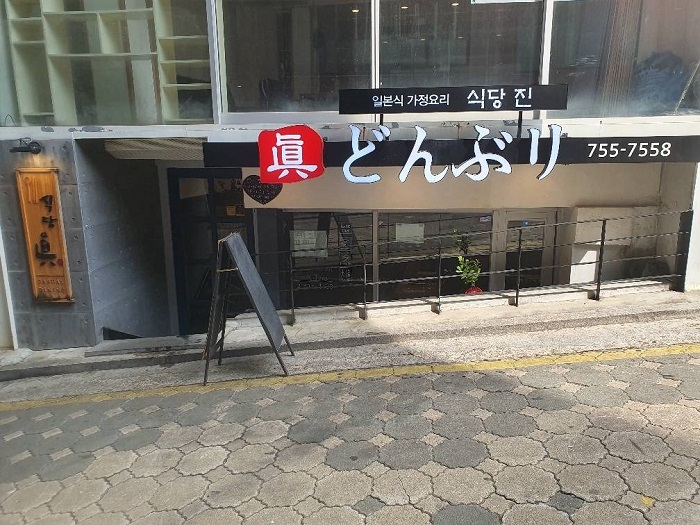
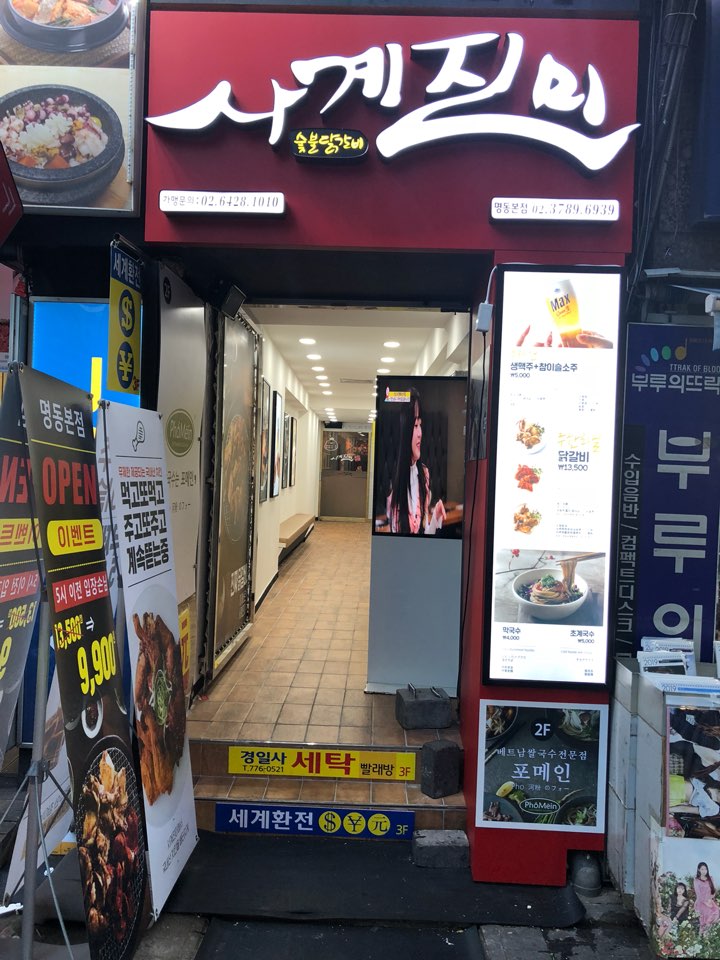
![57 Myeongdong Hostel [Korea Quality] / 57명동호스텔 [한국관광 품질인증]](http://tong.visitkorea.or.kr/cms/resource/34/2610934_image2_1.jpg)
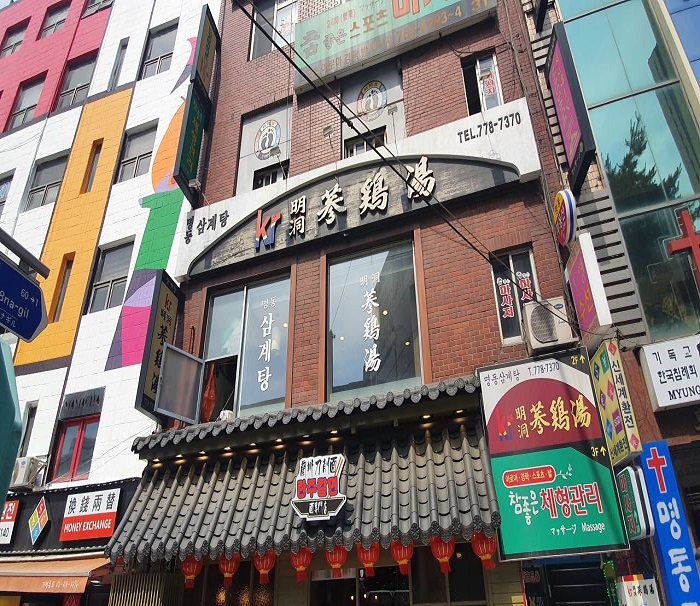

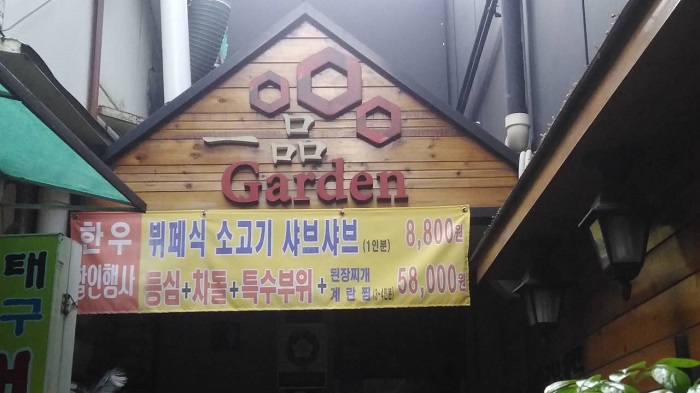
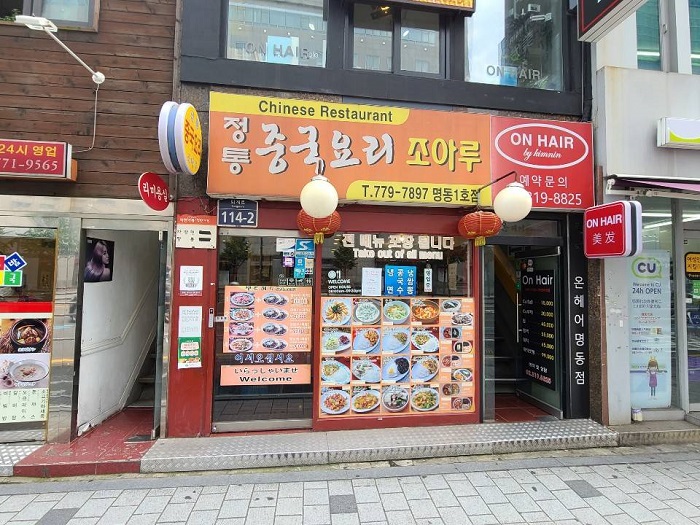
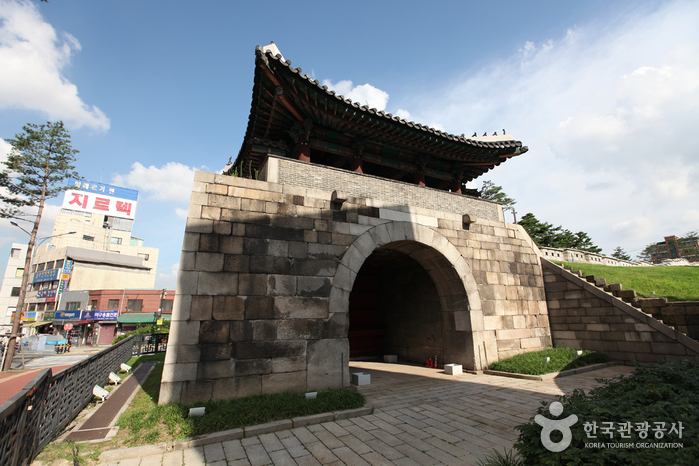
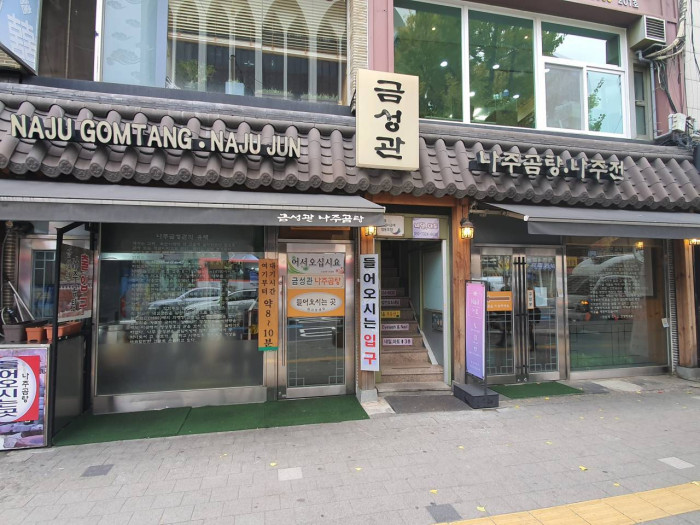
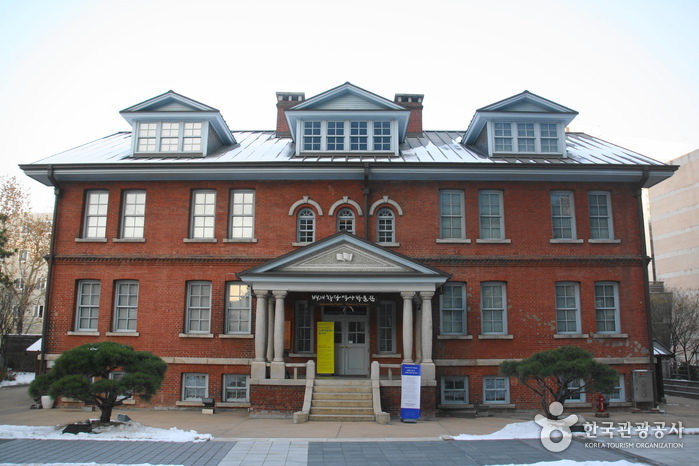
 Español
Español
 한국어
한국어 English
English 日本語
日本語 中文(简体)
中文(简体) Deutsch
Deutsch Français
Français Русский
Русский